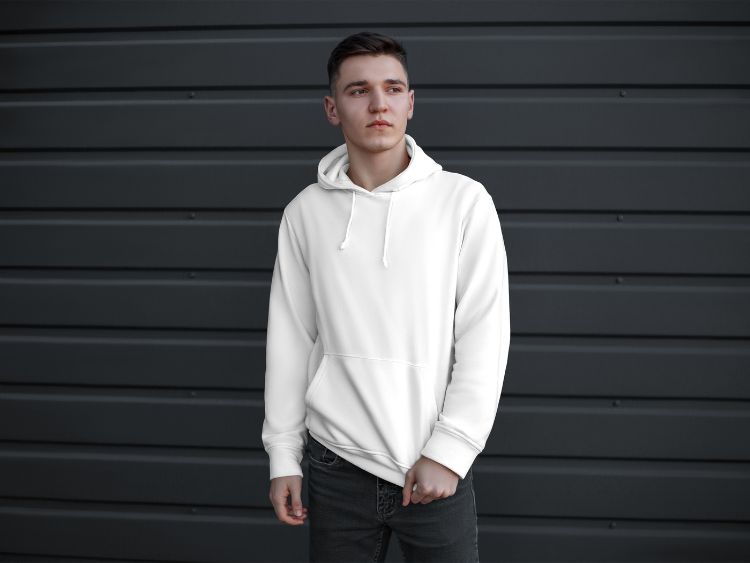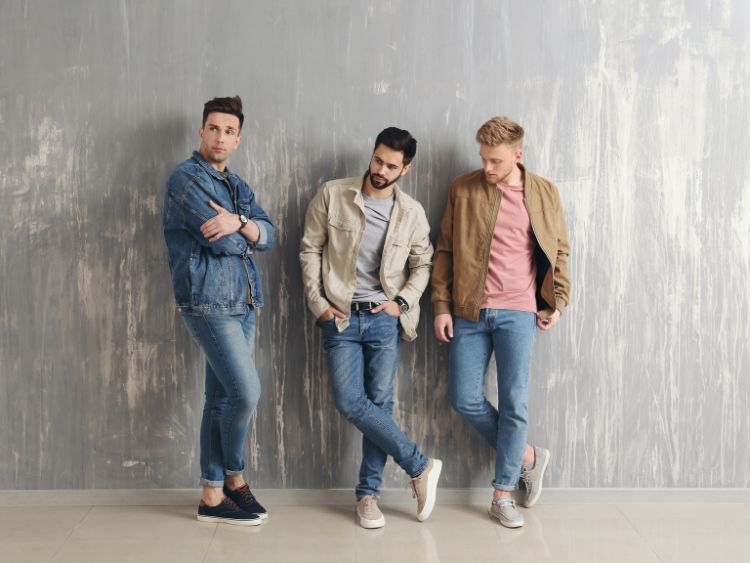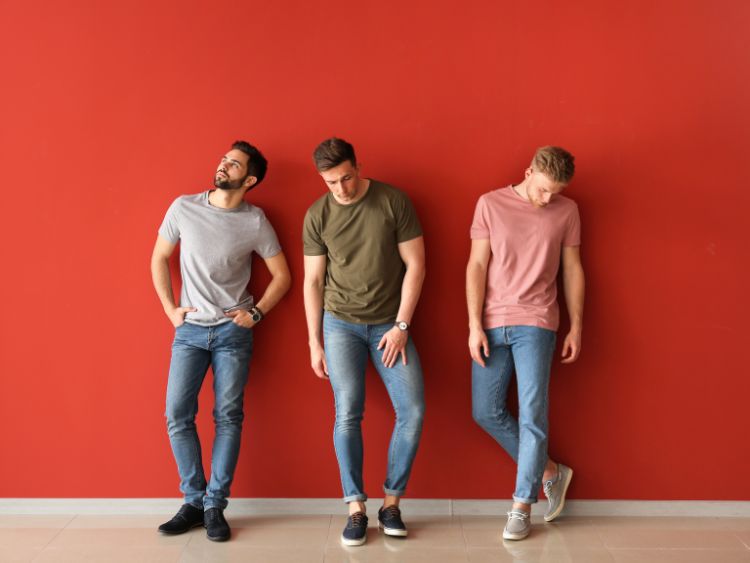The 1930s were a pivotal era for fashion, blending elegance, innovation, and practicality, creating trends that have endured through decades. With the Great Depression casting a shadow over much of this decade, people found creative ways to maintain their style despite limited resources. This period saw the rise of understated glamour, tailored silhouettes, and a refined approach to accessories. Let’s dive into the world of 1930s fashion and explore how it shaped the way people dressed and expressed themselves.
The Great Depression’s Influence on 1930s Fashion
When the stock market crashed in 1929, it sent ripples through all aspects of life, including fashion. Suddenly, extravagance was out of reach for many. However, even in times of financial hardship, people wanted to look good. This period gave rise to the idea of “frugal fashion,” where designers focused on creating versatile, practical pieces that still managed to look chic.
Key Features of 1930s Fashion:
- Tailored Silhouettes: Unlike the loose, carefree styles of the 1920s, the 1930s embraced a more tailored look. Dresses featured fitted waists, accentuating the hourglass figure, while suits for men were sharply cut.
- Bias-Cut Dresses: Pioneered by designer Madeleine Vionnet, the bias-cut dress was revolutionary. This technique allowed fabric to drape elegantly, creating flattering, flowing silhouettes that hugged the body in all the right places.
- Muted Colors: While the previous decade was all about bold and bright hues, the 1930s favored softer, more muted tones. Think shades of navy, burgundy, and various earth tones.
- Practical Accessories: Accessories became practical yet stylish. Women often wore gloves, hats, and handbags that were both functional and fashionable.
The Rise of Hollywood Glamour
While the general public tightened their belts, Hollywood was flourishing, and movie stars became fashion icons. Actresses like Greta Garbo, Jean Harlow, and Joan Crawford embodied the allure of 1930s fashion. Their screen presence introduced glamour to everyday people, even if only through the silver screen.
Key Hollywood Fashion Trends:
- Slinky Evening Gowns: Inspired by Hollywood starlets, these gowns became a must-have for special occasions. The bias cut, low backs, and luxurious fabrics such as silk and satin epitomized glamour.
- Wide-Leg Trousers: Thanks to actresses like Katharine Hepburn, women’s trousers gained popularity. The wide-leg style offered both comfort and elegance.
- Fur Stoles and Capes: A symbol of luxury, fur was often worn by movie stars. Even though many could only dream of owning a real fur stole, faux fur and other materials became alternatives for the masses.
Men’s Fashion in the 1930s
It wasn’t just women’s fashion that evolved during this decade; men’s styles were also undergoing a transformation. Men’s fashion in the 1930s took on a refined and elegant tone, with a focus on clean lines and sophistication.
Key Men’s Fashion Trends:
- Double-Breasted Suits: The double-breasted suit was a hallmark of the 1930s, giving men a strong, masculine silhouette.
- High-Waisted Trousers: Just like women’s fashion, men’s trousers also rose higher on the waist, creating a more polished and put-together look.
- Fedora Hats: No outfit was complete without a hat, and the fedora became the go-to accessory for men of all classes.
1930s Fashion for Women: Elegance on a Budget
Women in the 1930s mastered the art of looking elegant without breaking the bank. Clothing was often made at home or purchased in department stores that offered affordable but stylish options. Creativity was key, with women finding ways to modify and mend existing garments to create something new and fashionable.
Popular Fabrics and Patterns:
- Cotton and Wool: These materials were readily available and affordable, making them staples in everyday fashion.
- Florals and Plaids: Despite the muted color palette of the time, patterns like florals and plaids were commonly used, adding a touch of personality to outfits.
Day-to-Day Looks:
- Day Dresses: Women typically wore knee-length dresses with fitted waists and flared skirts for daily activities. These dresses were practical but stylish, often paired with sensible shoes.
- Housecoats: For women at home, the housecoat became a practical yet fashionable garment. It was easy to move in while still maintaining a sense of style.
FAQs About 1930s Fashion
Q: What were the most popular fabrics in 1930s fashion?
A: Cotton, wool, and silk were among the most popular fabrics of the time. These materials were practical, affordable, and versatile, making them ideal for a variety of clothing styles.
Q: How did 1930s fashion differ from the 1920s?
A: The 1930s embraced a more tailored, elegant look compared to the carefree, loose styles of the 1920s. While the Roaring Twenties favored bold colors and short hemlines, the 1930s opted for muted tones and longer, more modest silhouettes.
Q: Why were bias-cut dresses so popular in the 1930s?
A: Bias-cut dresses, pioneered by designer Madeleine Vionnet, became popular because they allowed fabrics to drape beautifully over the body, creating a flattering and elegant silhouette. This cut was both stylish and comfortable, making it a favorite for evening wear.
Q: What accessories were popular in 1930s fashion?
A: Popular accessories in the 1930s included gloves, hats (especially fedoras and cloche hats), and fur stoles or capes. Women also often carried small, stylish handbags that complemented their outfits.
Q: How did the Great Depression impact fashion in the 1930s?
A: The Great Depression forced people to be more frugal, which influenced fashion trends of the decade. Clothing became more practical and versatile, with a focus on durability and affordability. Despite economic hardship, people still found ways to look stylish by making their own clothes or modifying existing garments.
The Lasting Impact of 1930s Fashion
Even though it’s been nearly a century, 1930s fashion continues to influence modern styles. From the resurgence of bias-cut dresses to the timeless appeal of tailored suits, the elegance of this decade can still be seen on today’s runways. The decade taught the fashion world an important lesson: style doesn’t have to rely on excess, but rather, on innovation and creativity.
Conclusion: Why 1930s Fashion Still Matters Today
The 1930s may have been marked by economic challenges, but it was also a decade of resilience and creativity in fashion. Despite the hardships of the Great Depression, people continued to express themselves through clothing, finding ways to remain stylish with limited resources. The influence of 1930s fashion can still be seen today, in everything from vintage-inspired collections to modern-day takes on bias-cut dresses and tailored suits.


